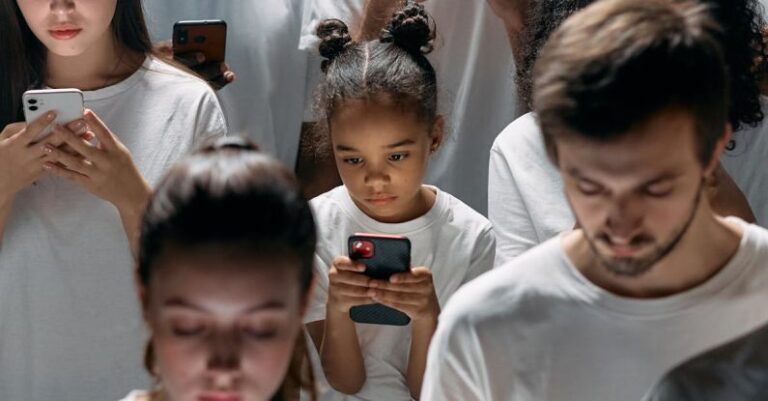What Are the Trends in Color Usage for Branding

In today’s competitive business landscape, branding has become more crucial than ever before. One essential aspect of branding that often gets overlooked is color. The colors a brand chooses to represent itself can significantly impact consumer perception, recognition, and overall success. In this article, we’ll delve into the current trends in color usage for branding and how businesses can leverage these trends to stand out in the market.
**The Rise of Minimalism**
In recent years, there has been a notable shift towards minimalism in branding, and this trend extends to color usage as well. Brands are increasingly opting for simple color palettes with clean, muted tones. These understated colors convey a sense of sophistication and elegance, appealing to modern consumers who appreciate simplicity and clarity. Minimalist color schemes often consist of neutral hues like whites, grays, and pastels, creating a timeless and versatile aesthetic that resonates with a broad audience.
**Bold and Vibrant Choices**
On the flip side of the minimalist trend, bold and vibrant colors are also making a splash in the world of branding. Many companies are embracing eye-catching hues like electric blue, neon green, and hot pink to make a statement and capture attention. These bold colors inject energy and personality into a brand, helping it stand out in a crowded marketplace. When used strategically, vibrant colors can evoke strong emotions and create memorable brand experiences that leave a lasting impression on consumers.
**The Power of Sustainability**
As environmental consciousness continues to rise, more brands are turning to earthy, natural colors to convey a sense of sustainability and eco-friendliness. Shades of green, brown, and blue reminiscent of nature are being used to communicate a brand’s commitment to environmental responsibility. These colors evoke feelings of calmness, harmony, and trust, appealing to environmentally-conscious consumers who prioritize sustainability in their purchasing decisions. By incorporating earthy tones into their branding, companies can align themselves with the growing demand for eco-friendly products and services.
**Embracing Diversity and Inclusivity**
In today’s diverse society, brands are recognizing the importance of inclusivity and representation in their branding efforts. This inclusivity is reflected in the choice of colors, with many companies opting for diverse color palettes that celebrate different cultures, ethnicities, and identities. Brands are incorporating a wide range of skin tones, cultural symbols, and LGBTQ+ pride colors into their visual identities to signal their commitment to diversity and inclusivity. By embracing a diverse color palette, brands can connect with a more diverse audience and foster a sense of belonging and acceptance among consumers.
**Personalization and Customization**
In the age of personalization, brands are increasingly turning to custom color schemes to differentiate themselves and forge stronger connections with consumers. Custom colors allow brands to express their unique personality, values, and brand story in a visually compelling way. By creating bespoke color palettes that reflect their identity and resonate with their target audience, brands can establish a distinct visual identity that sets them apart from competitors. This trend towards personalization and customization underscores the importance of authenticity and individuality in branding.
**Innovative Applications of Color**
In addition to traditional brand elements like logos and packaging, colors are now being used in innovative ways to enhance brand experiences and engage consumers. From interactive websites with dynamic color schemes to immersive retail spaces that play with light and color, brands are experimenting with new ways to leverage color in the digital age. Augmented reality, virtual reality, and other cutting-edge technologies are also enabling brands to create interactive and personalized experiences that leverage the power of color to captivate and delight consumers. By embracing these innovative applications of color, brands can create memorable brand experiences that leave a lasting impact on consumers.
**Crafting a Colorful Future**
As we look ahead to the future of branding, one thing is clear: color will continue to play a central role in shaping consumer perceptions and driving brand success. By staying abreast of the latest color trends and leveraging them strategically, brands can differentiate themselves, connect with consumers on a deeper level, and ultimately thrive in a competitive market. Whether it’s embracing minimalism, going bold and vibrant, championing sustainability, promoting diversity and inclusivity, or exploring innovative applications of color, brands have a wealth of opportunities to harness the power of color in their branding efforts. By crafting a colorful and compelling visual identity, brands can leave a lasting impression on consumers and build strong, enduring relationships that stand the test of time.





